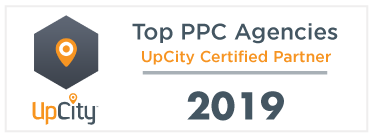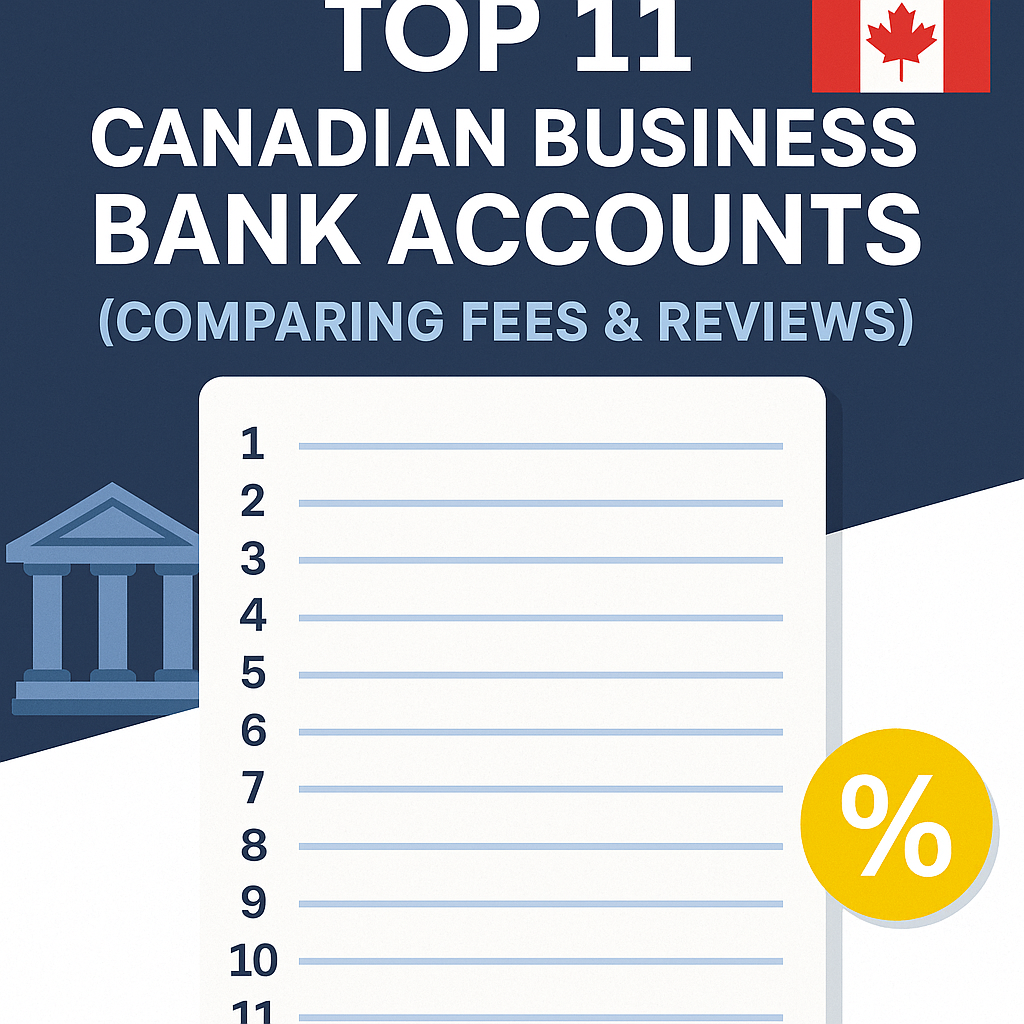GOOGLE ADS MANAGEMENT
ALL SERVICES- GRAPHIC DESIGN & BRANDING
➥ WEBSITE DESIGN TORONTO
➥ TORONTO LOGO DESIGN
➥ BROCHURE GRAPHIC DESIGN
➥ INFOGRAPHIC DESIGN
➥ BUSINESS CARD DESIGN
➥ PACKAGE DESIGN TORONTO
➥ ILLUSTRATION DESIGN
➥ ADVERTISING POSTER DESIGN
➥ BRANDING STRATEGY & SERVICES- ➤ VIEW ALL SERVICES
WEB DEVELOPMENT & SUPPORT
➥ CUSTOM WEB DESIGN TORONTO
➥ ECOMMERCE WEBSITE DESIGN TORONTO
➥ WEBSITE MAINTENANCE SERVICES
➥ SHOPIFY WEBSITE DESIGN
➥ SHOPIFY EXPERTS TORONTO
➥ WORDPRESS DEVELOPMENT
➥ WORDPRESS MAINTENANCE- ➤ VIEW ALL SERVICES
WEBSITE MARKETING & CONTENT
➥ SEO PACKAGES TORONTO
➥ TORONTO SOCIAL MEDIA AGENCY
➥ CONTENT MARKETING TORONTO
➥ PPC MANAGEMENT TORONTO
➥ AFFILIATE MARKETING CANADA
➥ STRATEGIC CONSULTATION- ➤ VIEW ALL SERVICES
ABOUT
RESOURCES- LET’S CHAT
Questions? Call us at
647-348-4995

GOOGLE ADS MANAGEMENT
ALL SERVICES- GRAPHIC DESIGN & BRANDING
➥ WEBSITE DESIGN TORONTO
➥ TORONTO LOGO DESIGN
➥ BROCHURE GRAPHIC DESIGN
➥ INFOGRAPHIC DESIGN
➥ BUSINESS CARD DESIGN
➥ PACKAGE DESIGN TORONTO
➥ ILLUSTRATION DESIGN
➥ ADVERTISING POSTER DESIGN
➥ BRANDING STRATEGY & SERVICES- ➤ VIEW ALL SERVICES
WEB DEVELOPMENT & SUPPORT
➥ CUSTOM WEB DESIGN TORONTO
➥ ECOMMERCE WEBSITE DESIGN TORONTO
➥ WEBSITE MAINTENANCE SERVICES
➥ SHOPIFY WEBSITE DESIGN
➥ SHOPIFY EXPERTS TORONTO
➥ WORDPRESS DEVELOPMENT
➥ WORDPRESS MAINTENANCE- ➤ VIEW ALL SERVICES
WEBSITE MARKETING & CONTENT
➥ SEO PACKAGES TORONTO
➥ TORONTO SOCIAL MEDIA AGENCY
➥ CONTENT MARKETING TORONTO
➥ PPC MANAGEMENT TORONTO
➥ AFFILIATE MARKETING CANADA
➥ STRATEGIC CONSULTATION- ➤ VIEW ALL SERVICES
ABOUT
RESOURCES- LET’S CHAT
Questions? Call us at
647-348-4995

GOOGLE ADS MANAGEMENT
ALL SERVICES- GRAPHIC DESIGN & BRANDING
➥ WEBSITE DESIGN TORONTO
➥ TORONTO LOGO DESIGN
➥ BROCHURE GRAPHIC DESIGN
➥ INFOGRAPHIC DESIGN
➥ BUSINESS CARD DESIGN
➥ PACKAGE DESIGN TORONTO
➥ ILLUSTRATION DESIGN
➥ ADVERTISING POSTER DESIGN
➥ BRANDING STRATEGY & SERVICES- ➤ VIEW ALL SERVICES
WEB DEVELOPMENT & SUPPORT
➥ CUSTOM WEB DESIGN TORONTO
➥ ECOMMERCE WEBSITE DESIGN TORONTO
➥ WEBSITE MAINTENANCE SERVICES
➥ SHOPIFY WEBSITE DESIGN
➥ SHOPIFY EXPERTS TORONTO
➥ WORDPRESS DEVELOPMENT
➥ WORDPRESS MAINTENANCE- ➤ VIEW ALL SERVICES
WEBSITE MARKETING & CONTENT
➥ SEO PACKAGES TORONTO
➥ TORONTO SOCIAL MEDIA AGENCY
➥ CONTENT MARKETING TORONTO
➥ PPC MANAGEMENT TORONTO
➥ AFFILIATE MARKETING CANADA
➥ STRATEGIC CONSULTATION- ➤ VIEW ALL SERVICES
ABOUT
RESOURCES- LET’S CHAT
Questions? Call us at
647-348-4995

GOOGLE ADS MANAGEMENT
ALL SERVICES- GRAPHIC DESIGN & BRANDING
➥ WEBSITE DESIGN TORONTO
➥ TORONTO LOGO DESIGN
➥ BROCHURE GRAPHIC DESIGN
➥ INFOGRAPHIC DESIGN
➥ BUSINESS CARD DESIGN
➥ PACKAGE DESIGN TORONTO
➥ ILLUSTRATION DESIGN
➥ ADVERTISING POSTER DESIGN
➥ BRANDING STRATEGY & SERVICES- ➤ VIEW ALL SERVICES
WEB DEVELOPMENT & SUPPORT
➥ CUSTOM WEB DESIGN TORONTO
➥ ECOMMERCE WEBSITE DESIGN TORONTO
➥ WEBSITE MAINTENANCE SERVICES
➥ SHOPIFY WEBSITE DESIGN
➥ SHOPIFY EXPERTS TORONTO
➥ WORDPRESS DEVELOPMENT
➥ WORDPRESS MAINTENANCE- ➤ VIEW ALL SERVICES
WEBSITE MARKETING & CONTENT
➥ SEO PACKAGES TORONTO
➥ TORONTO SOCIAL MEDIA AGENCY
➥ CONTENT MARKETING TORONTO
➥ PPC MANAGEMENT TORONTO
➥ AFFILIATE MARKETING CANADA
➥ STRATEGIC CONSULTATION- ➤ VIEW ALL SERVICES
ABOUT
RESOURCES- LET’S CHAT
Questions? Call us at
647-348-4995
![]()
![]()
![]()

- January 11, 2020
-
Liam Hunt
Local SEO can make or break your company’s online visibility. After all, 46 percent of all inquiries on Google are for local information. If your digital presence fails to connect nearby searchers with the goods or products they need, you can kiss your rankability goodbye.
To nail your marketing strategy, your SEO campaign should supply local searchers with the information they’re looking for about nearby products and services. A well-rounded digital marketing campaign should satisfy the demand for fast, accessible solutions by mastering the art of local SEO.
Ready to find out how to run a local SEO campaign like the pros? In this article, we’ll discuss the basic principles of a Toronto SEO marketing campaign so you can land a top position on search engine results pages (SERPs), boost your organic traffic, and drive sales.
Local SEO 101
Unlike general search engine optimization, local SEO refers to the practice of optimizing businesses for location-based search terms. For instance, a Toronto-based clothing retailer might build a local SEO campaign around the keyword “streetwear Toronto” or a related term.
Local SEO strategies seek to improve the unpaid visibility of a website on a SERP for geographically constrained searches. Often, local SEO goes beyond optimizing a web page for search engines by also considering local business networks and directories such as LinkedIn, Yelp, Angie’s List, and other forms of location-specific social media.
A Toronto SEO marketing campaign might try to optimize a web page around the following local high-volume search terms:
- Doctors in Toronto
- Plumbers in Toronto
- Doctors near me
- Plumbers near me
The most effective local SEO strategies take a multi-pronged approach to optimization. Rather than obsessing over keyword usage, local SEO focuses on creating high-value, location-specific content, local link building, and on-page optimizations.
Why Should You Care About Local Search?
Ever since Google Search started using location-based user data, the search giant has prioritized results tailored to their vicinity. Today, local SEO remains top of mind for most digital marketers interested in maximizing the visibility of brick and mortar businesses.
You don’t have to take our word for it—the data proves just how effective local SEO can be. Consider, for instance, the following statistics:
- 18 percent of local mobile searches result in a sale within 24 hours
- Half of all mobile searches result in a trip to a relevant store within one day
- Over one-third of all desktop or tablet-based local searches resulted in a trip to a brick and mortar store within one day
- 71 percent of consumers search a business location to confirm its location and existence before visiting for the first time
It’s no secret that locals are looking for products and services near them in staggering numbers. As a marketer or business owner, it’s your job to make sure your local SEO is pointing nearby searchers in the direction of your company. Otherwise, your company might be bleeding sales to competitors who know how to optimize their local presence.
How To Build a Local SEO Campaign
Now that we know why you should take local SEO seriously, let’s cover the basics of the practice so you can get started improving your local SEO rankings.
Keyword Prospecting
Your first step to a successful local search optimization campaign is to find the right keywords. Narrowing down a list of the best keywords is more of an art than a science because it requires a delicate balance of high-volume terms with low-to-moderate keyword difficulty.
We suggest using keyword suggestion tools to help guide your way through the prospecting stage. A few of the most trusted tools in the industry include:
Link Acquisition
Inbounds links tell Google that your company provides a legitimate service or product. The more links direct to your website, the more Google will boost your domain authority.
Obviously, then, the trick is to accumulate as many trusted links to your web page as possible. This way, you can improve your reputation as an authority source within Google’s PageRank algorithm. We like to maximize our inbound link count via the following three channels:
- Guest blogging
- Sponsorships
- Personal networking
Start by offering to write guest blog posts for related businesses within your niche. Make sure you’re producing high-value content that establishes your brand as an authority on a topic relevant to your industry.
From there, you can reach out to local businesses and organizations (e.g., the Ontario Chamber of Commerce) and start forging relationships. Offer to host a webinar or event—essentially, create buzz around your local presence and get featured by companies of interest to locals.
Focus Your Content
The cornerstone is local SEO is your website’s content. Without content that creates value for your readers, there’s no chance you’ll land a top spot on the coveted first SERP.
Ensure that your on-page SEO includes targeted keywords next to your targeted location. For example, a Toronto SEO marketing strategy might employ the keyword phrase “cheap Toronto barber” several times throughout original, high-quality content.
Rack Up Citations
Full local citations are mentions of your business that include its name, address, and phone number (often referred to as “NAP”). Consistent, visually-structured NAP citations are one of the top ranking factors for Google’s search algorithm. The more NAPs you rack up, the better.
An excellent place to start building your citations is with your company’s Google My Business listing. Platforms such as Google My Business and Bing Places are arguably the most essential local SEO tools for skyrocketing the visibility of brick and mortar storefronts.
If we’re designing a Toronto SEO marketing campaign, creating business listings with NAPs is a no-brainer for boosting our citation count. Then, you can sit back and watch as Google reviews start trickling in and start to expand your reach even further.
Final Thoughts
That’s it! Generating backlinks, racking up NAP citations, and finding the right keywords are all it takes to create a successful local SEO marketing campaign. Although it may seem like a daunting task, these are small efforts that translate to massive improvements in rankability and conversions for brick and mortar businesses.
Liam Hunt, M.A., is a writer and digital marketing specialist whose writing has appeared in the Vancouver Sun, Asia Times, and US News and World Report.
RECENT POSTS
- 10 Small Business Loans & Financing Options in Ontario
- Top 8 Small Business Insurance Providers in Canada (2025)
- Top 11 Canadian Business Bank Accounts (Comparing Fees & Reviews)
- SCAM ALERT: How a Fake Google Ads Inquiry Nearly Got Us (And How to Protect Yourself)
- Google My Business: 9 Tips to Ensure Your GMB profile Stands Out in the Map Pack

Ready to chat about how Little Dragon Media can enhance your business?
Call us now at 647-348-4995 or

OUR AWARDS & CERTIFICATIONS






WHAT OUR CLIENTS ARE SAYING



Little Dragon Media's professionalism and commitment to delivering excellence are truly commendable. I highly recommend their services... Thank you for your stellar work!
- Delna Bharucha

Little Dragon Media worked on developing our logo and website. They did an absolutely AMAZING job on both projects. These guys ROCK and you won't be disappointed.
- Sonia Nutt

My team had a great experience working with Little Dragon Media. We will certainly engage with Little Dragon Media for any additional projects in the future. Highly recommend!
- Carly Rooney



- 682A St-Clair West Toronto, ON M6C 1B1
- (647)-348-4995
- info@littledragon.ca
MOST POPULAR SERVICES
RECENT POSTS
GET MORE CLIENTS
Don't let your competitors take over. We'll help you climb to the top and get more clients.



- 682A St-Clair West Toronto, ON M6C1B1
- (647)-348-4995
- info@littledragon.ca
MOST POPULAR SERVICES
RECENT POSTS
GET MORE CLIENTS
Don't let your competitors take over. We'll help you climb to the top and get more clients.

Contact | Press Mentions | Privacy Policy | Terms of Service
© 2024 Little Dragon Media. All Rights Reserved.






